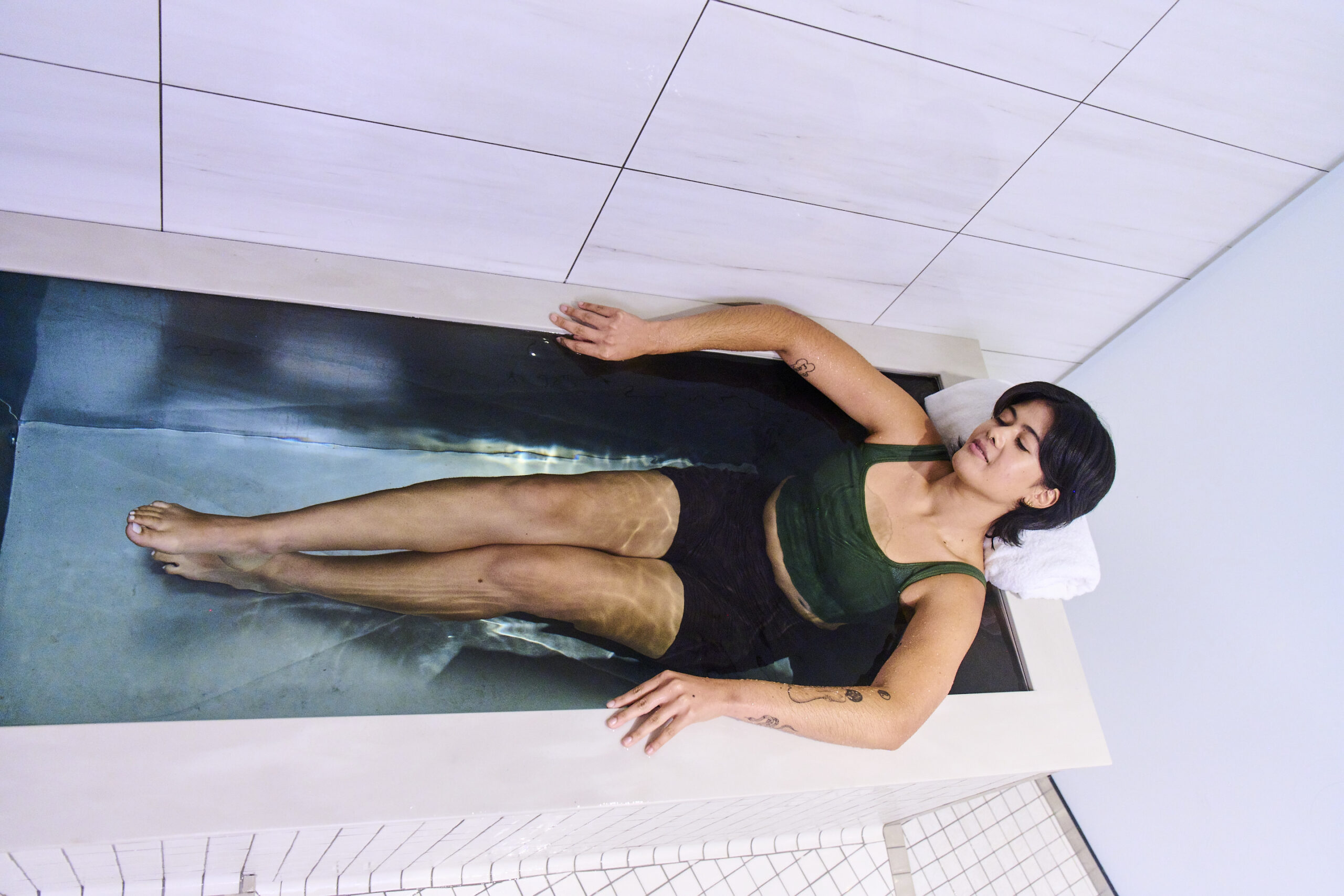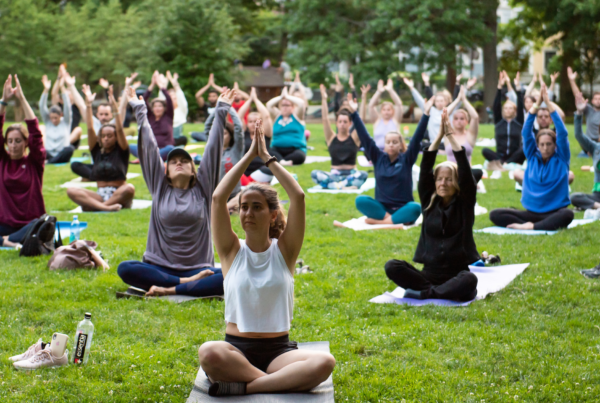Do you want that iced or hot? In this case, we’re talking about your recovery, rest and relaxation, not the coffee from your favorite coffee shop.
You can find hot and cold therapy options at Restore Spa, new at Healthworks Cambridge. Premium services include an infrared sauna, eucalyptus steam room, whirlpool and cold plunge tub, all of which offer a range of benefits after a workout or a busy day.
Here is how to incorporate them into your wellness routine to boost mental and physical outcomes:
INFRARED SAUNA
Benefits: Improves relaxation, aids in detoxification, soothes muscles and may support cardiovascular health.
How To: Sit in the infrared sauna for 15-30 minutes. Hydrate well before and after your session, and exit the sauna if you feel lightheaded.
EUCALYPTUS STEAM ROOM
Benefits: Eases muscle tension, provides relaxation, opens pores and clears congestion.
How To: Spend 10-20 minutes in the steam room. Remember to hydrate before and after, and exit the steam room if you become uncomfortable or dizzy.
WHIRLPOOL
Benefits: Relaxes muscles, improves blood circulation and aids in stress reduction.
How To: Soak in the whirlpool for 15-20 minutes. Hydrate before and after your dip, and exit the whirlpool if you feel like you’re overheating.
COLD PLUNGE POOL
Benefits: Enhances circulation, reduces inflammation, promotes muscle recovery and boosts mental alertness and mood.
How To: Since cold therapy is a completely new offering at Healthworks, a cold plunge may be something you’ve never done before, so we thought we’d offer an expanded list of tips to make the most of your experience.
- It might be called a plunge, but slowly immerse yourself in the water up to your shoulders rather than jumping in. Gradual entry can help reduce the shock to your system.
- If you’re new to cold exposure, begin with shorter durations and work your way up to longer times, so your body can acclimate to the cold. At first, you may not even be able to last a minute, and that’s ok! It’s all part of the process.
- Take slow, deep breaths to help manage the initial shock of the cold water. Controlled breathing can help you relax and adapt to the sensation.
- Gently move your arms and legs to generate some heat to help your body adapt to the cold water.
- Drink water before and after the plunge to stay hydrated. Cold exposure can lead to increased fluid loss.
- Pay attention to your body’s signals. If you start shivering uncontrollably or feel dizzy or uncomfortable, it’s time to get out.
- The benefits of cold exposure come from consistent practice over time, so consider incorporating cold plunges into your routine on a regular basis.







